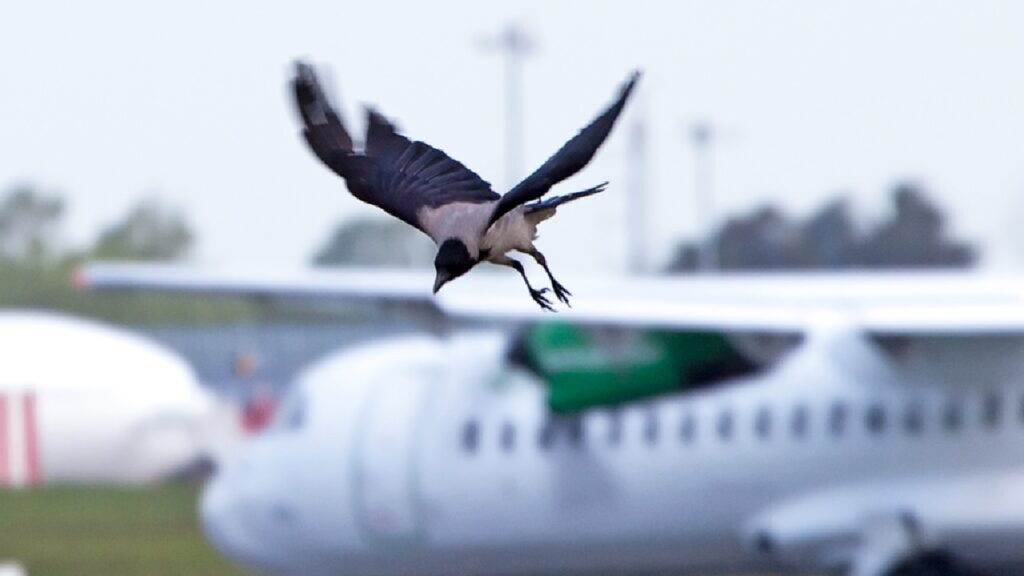Brazil's National Aviation Aviation Secretariat (SAC) held a seminar this Wednesday (April 2) under the Ministry of Ports and Airports (MPOR).
Globally recognized as a leader in this field, Brazil has presented an initiative developed in collaboration with the Federal University of Santa Catarina (UFSC) that uses DNA analysis to identify species involved in such cases. This approach allows for more targeting and effective risk mitigation.
According to Aeroin, since April 2023, the project has processed hundreds of biological samples and identified dozens of birds and bat species. Most frequently detected are spotted wing doves, south lapwings, black vultures, large brown bats, and sarcasms.
Estimates suggest that only a third of wildlife strikes have been officially reported. International research shows that the economic benefits of wildlife risk management exceed implementation costs seven times. In Brazil alone, between 2011 and 2020, these incidents caused losses of over $75 million, according to the Centre for Investigating Aviation Accidents and Prevention (CENIPA). Globally, the financial impact is estimated to be around $2 billion a year.
The seminar was streamed live at 2:30pm via MPOR's official YouTube channel.
Participants include:
Kyle Horton (Colorado State University) presented a model that predicts bird migration patterns using weather data. Karladav (Smithsonian Facility) highlighted the importance of species identification for more effective wildlife risk management.


